Super Flower Blood Moon 2021 for kids: Build a lunar eclipse model!
NASA shared a fun new learning guide for students to build their own lunar eclipse model ahead of this week's "Super Flower Blood Moon" total lunar eclipse.
On Wednesday (May 26), skywatchers will be treated to a spectacular lunar event, when a supermoon and a total lunar eclipse occur simultaneously. A supermoon occurs when a full moon coincides approximately with the moon's perigee, or the point in its elliptical orbit at which it is closest to Earth. As a result, the moon appears to be bigger and brighter than usual.
Related: Teach your kids about the Super Flower Blood Moon eclipse
May's supermoon also happens to coincide with a total lunar eclipse — the only total lunar eclipse of 2021. During such an event, the moon is completely engulfed in Earth's shadow while our planet sits directly between the sun and the moon.
The lunar event will be visible on Wednesday in western North and South America, as well as in eastern Asia, Australia and the Pacific Ocean beginning at 4:47 a.m. EDT (0847 GMT). Peak totality will occur at 7:16 a.m. EDT (1116 GMT), and the eclipse will end at 9:50 a.m. EDT (1350 GMT).
Super Flower Blood Moon 2021: Where & when to see the supermoon eclipse Webcast info: How to watch the supermoon eclipse of 2021 online
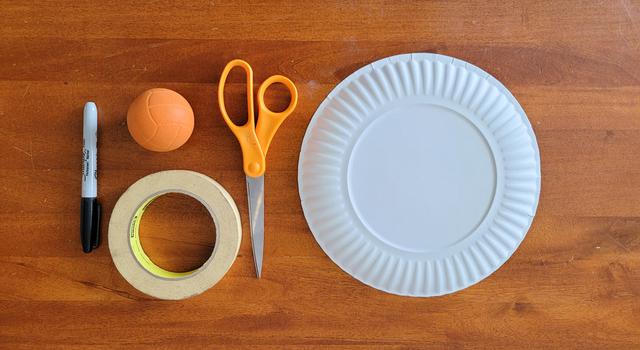
Lunar eclipse model tools
To build your lunar eclipse model, you'll need a paper plate, scissors, tape, marker and a small ball about 1-2 inches wide (3-5 cm).
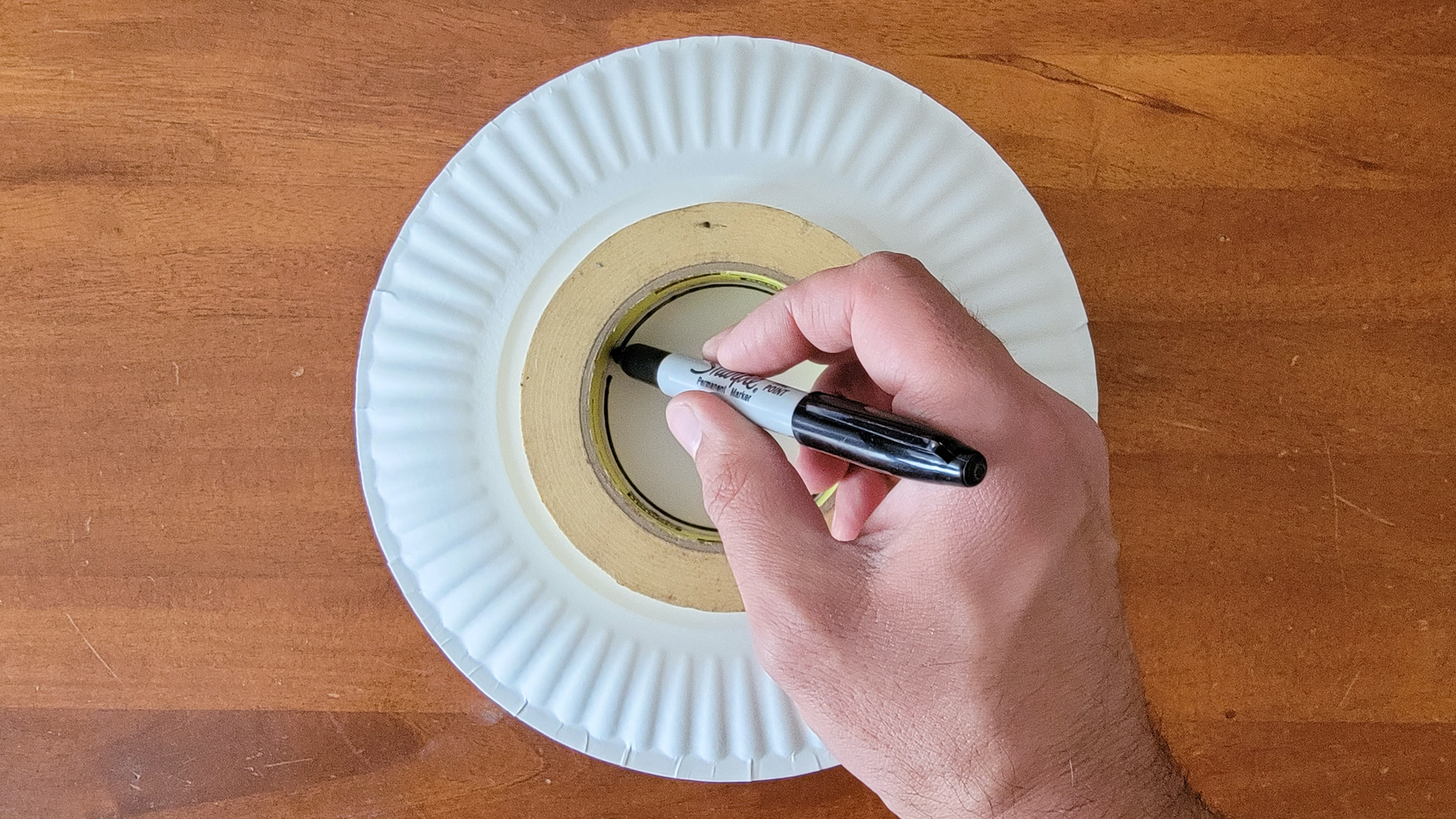
Step 1
First, draw a circle about 3-5 inches (8-13 cm) wide in the center of the plate.
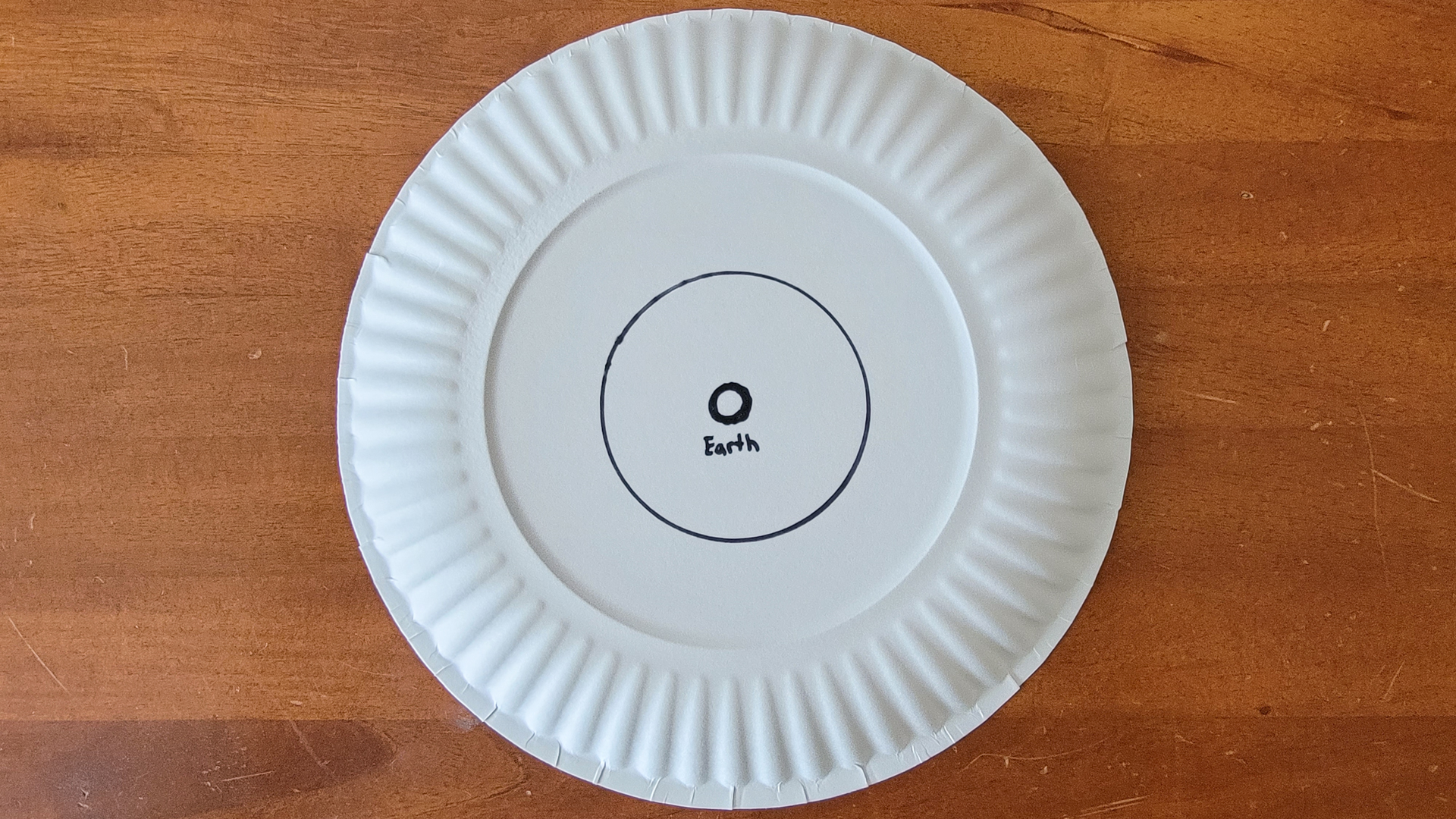
Step 2
In the center of the circle, draw another smaller circle. That will be the Earth and you can label it so.
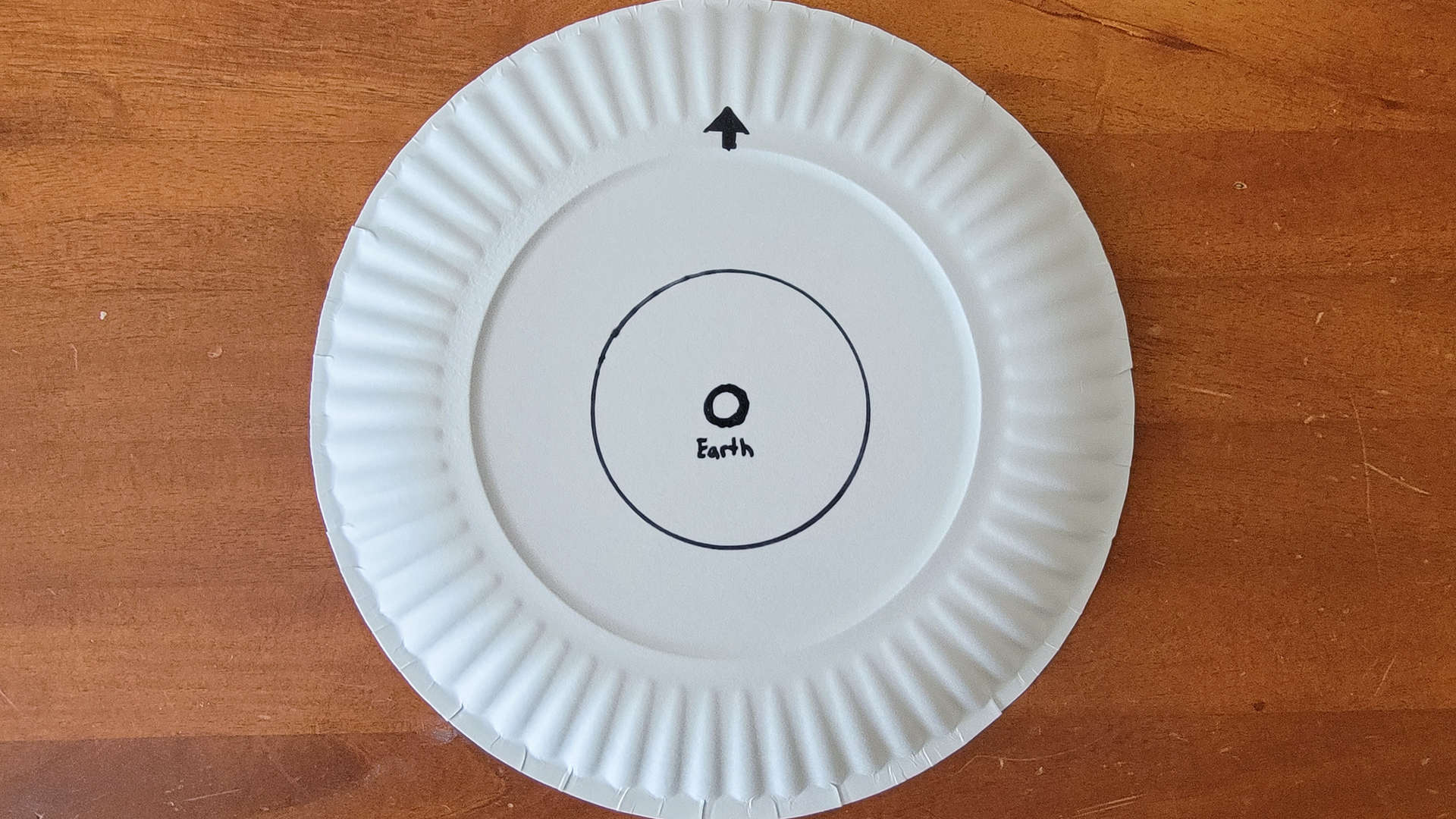
Step 3
At the edge of the plate on its top, draw a small arrow pointing out. This will a reference mark for later.
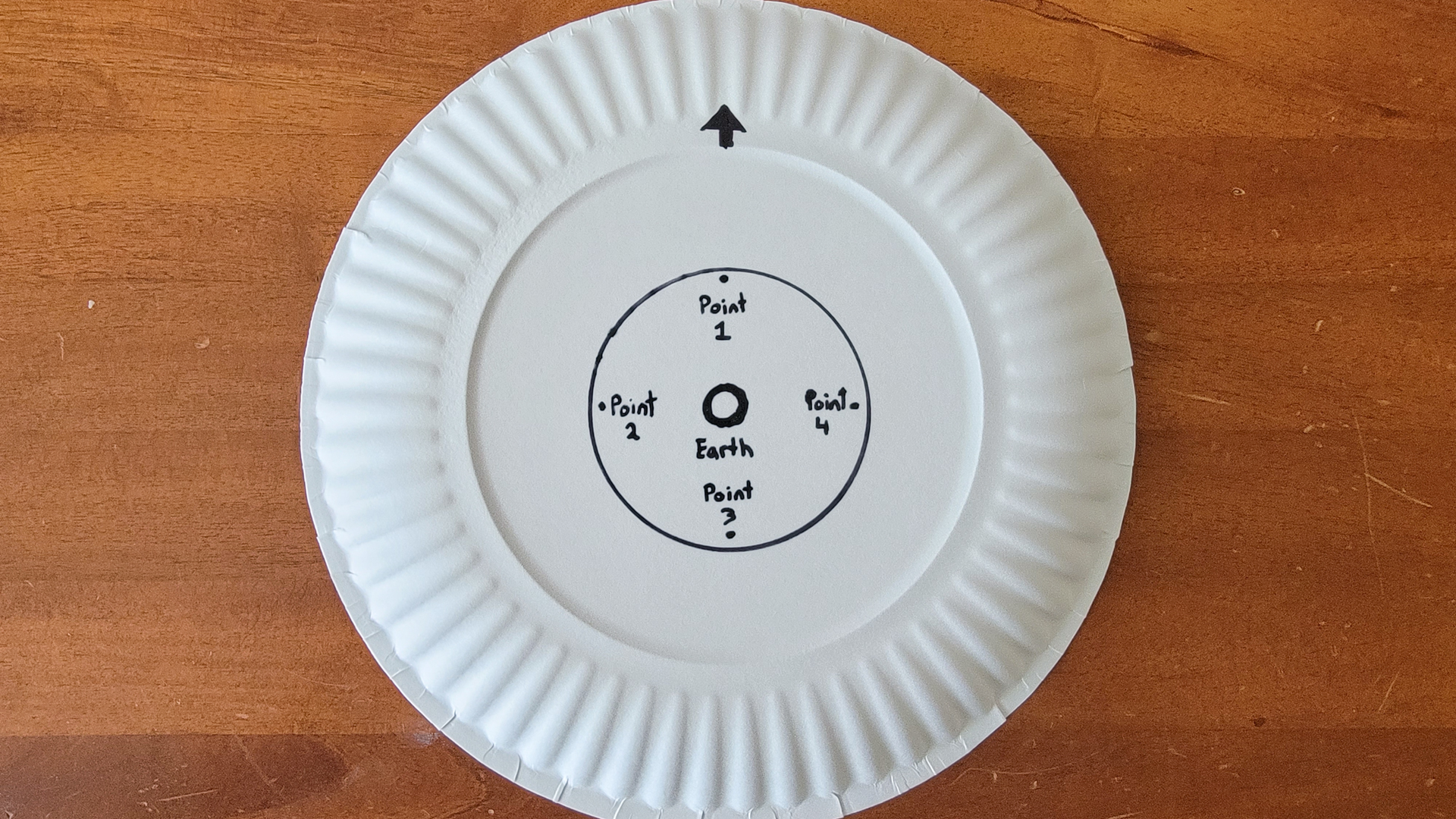
Step 4
Now add four points on the inside of the main circle spaced evenly at the 12 o'clock, 3 o'clock, 6 o'clock and 9 o'clock positions. Label them as Points 1, 2, 3 and 4 as shown here.
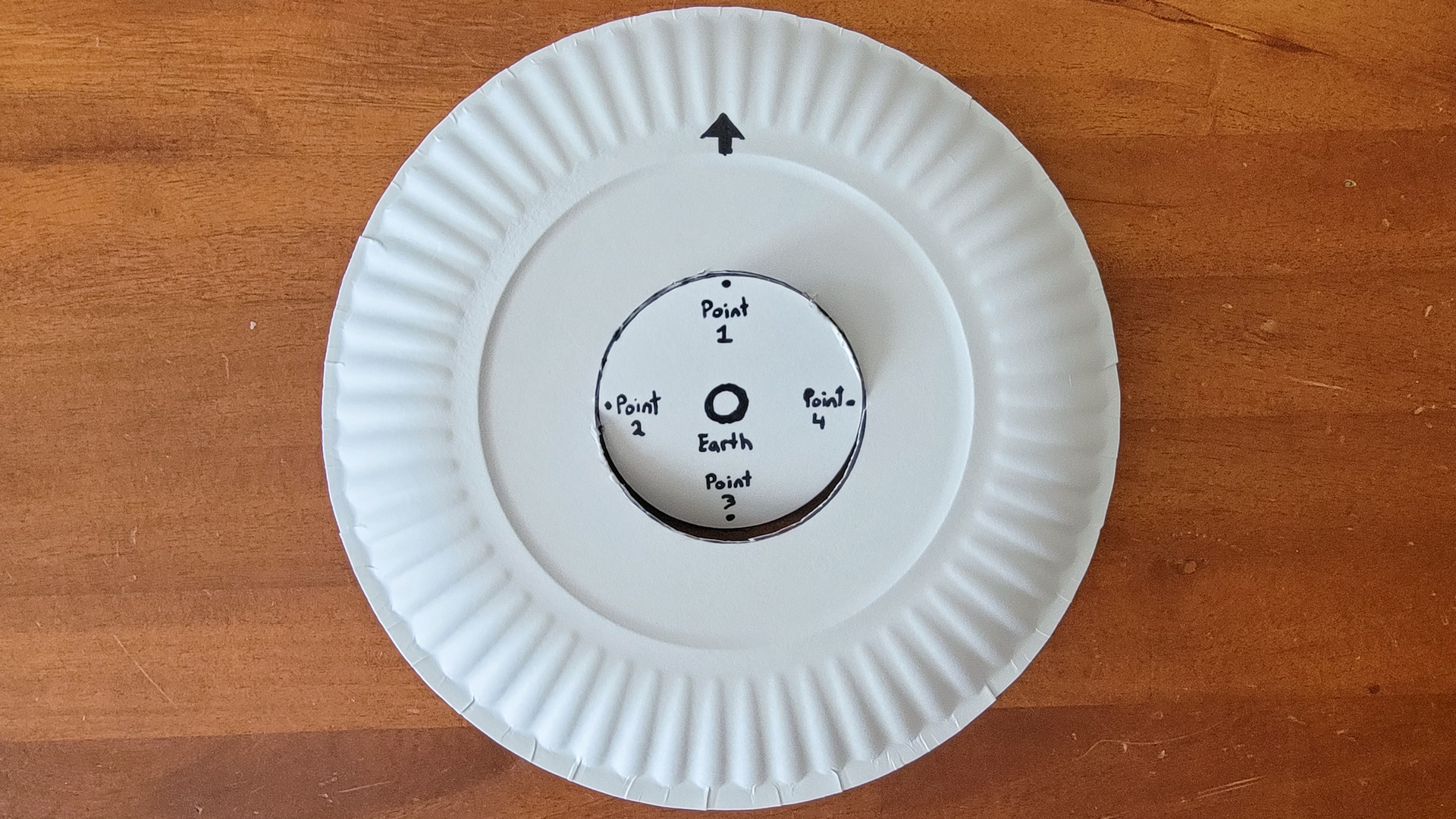
Step 5
Carefully cut along the top and bottom of the circle, leaving a tiny bit uncut at Points 2 and 4 as shown. You should have the circle still connected to the plate at those points.
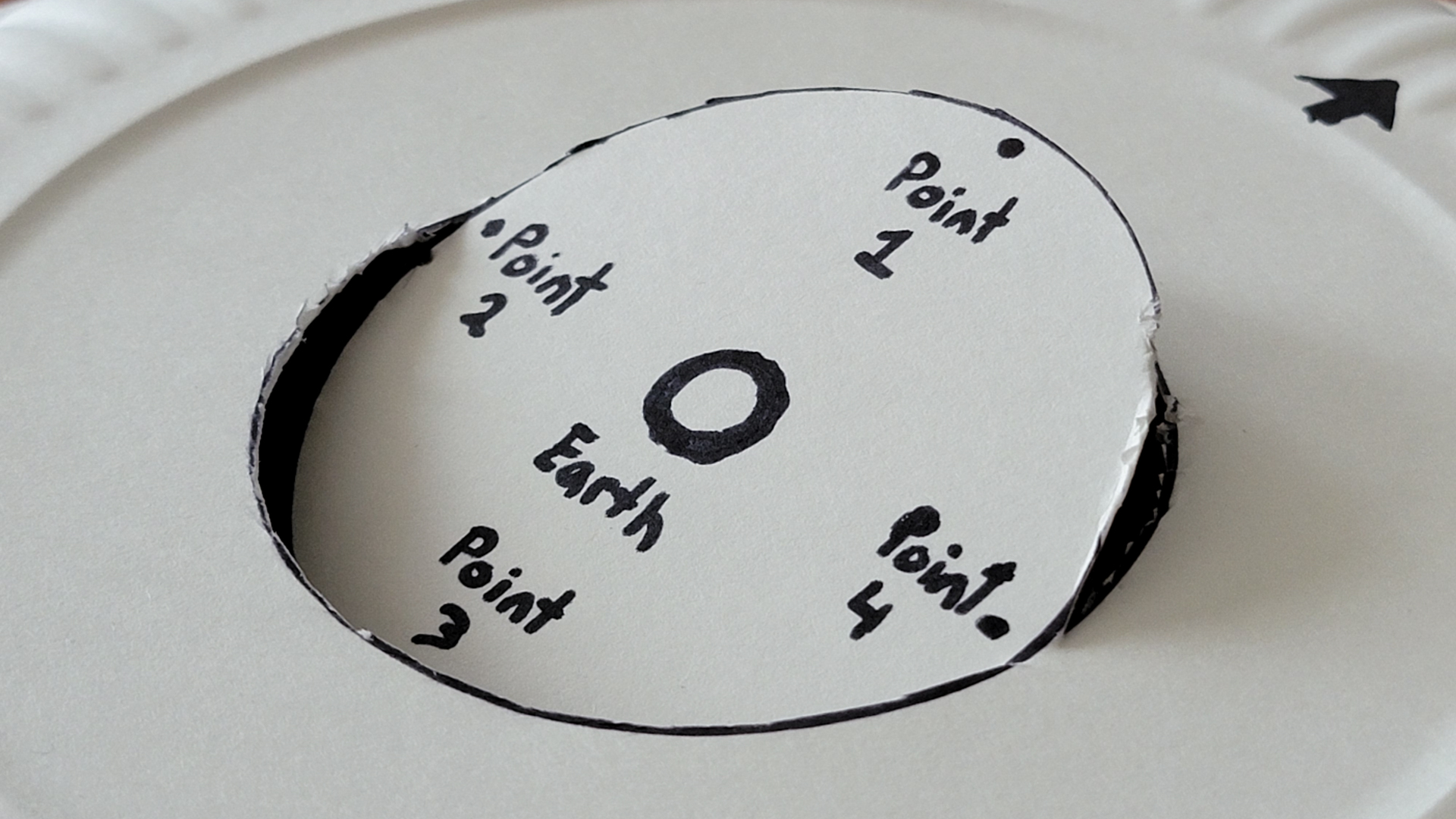
Step 6
Gently twist the inner cut circle so that Point 1 is raised up slightly and Point 3 is lowered. Be careful not to tear your paper at the hinge points!
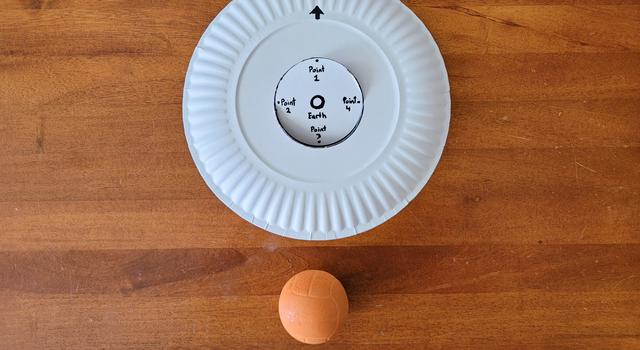
Step 7
From NASA: The edge of the tilted circle represents the tilted orbit of the Moon around Earth. The outer part of the plate represents the plane in which Earth’s shadow falls. Place your plate on a flat surface and point the reference arrow away from you. Then, place an object representing the sun on the opposite side of the plate from the arrow.
Use your model to answer these questions:
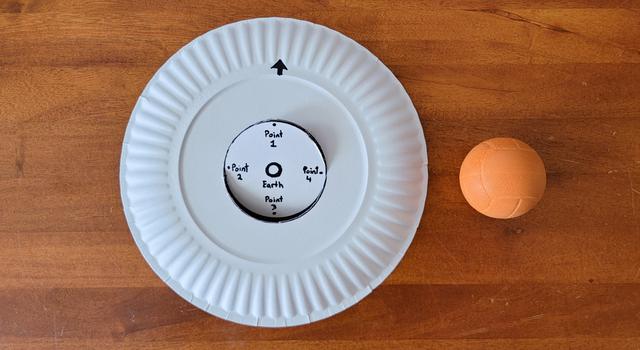
Step 8
From NASA: Pick up the plate and move it counter-clockwise to the 180 degree (9 o'clock) position around the sun. As Earth orbits the sun, the orientation of the moon's tilt stays the same, so make sure to keep your reference arrow pointed in the same direction it was pointed when you started.
Use your model to answer these questions:
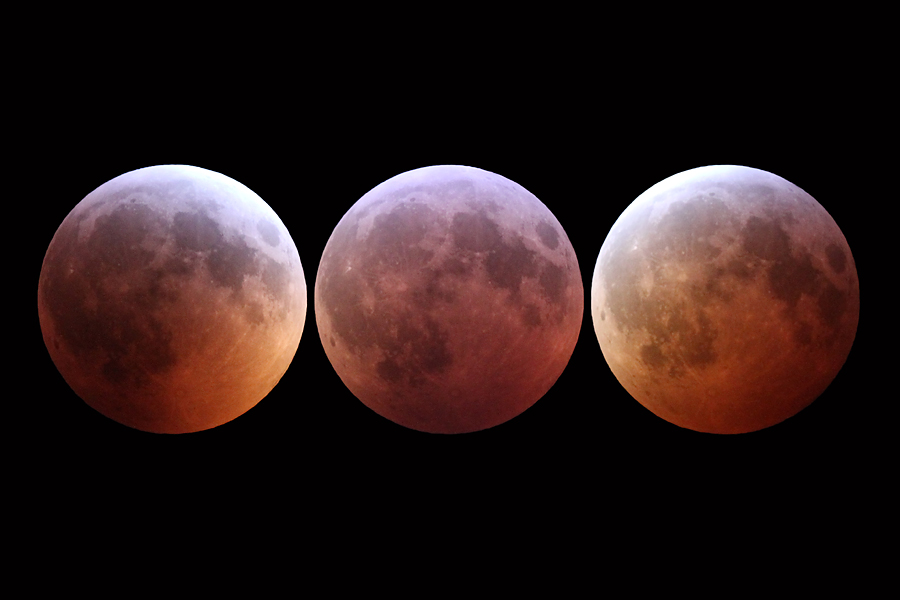
If you take a photo of the 2021 total lunar eclipse let us know! You can send images and comments to spacephotos@space.com.
To teach kids about the upcoming total lunar eclipse, NASA shared a learning guide that explains the science behind eclipses and how to build a model using a paper plate, a small ball, and a few other household items. The DIY tutorial demonstrates why and when lunar eclipses occur.
Get the Space.com Newsletter
Breaking space news, the latest updates on rocket launches, skywatching events and more!
Using the paper plate, you'll first draw or trace a circle about 3 to 5 inches (8 to 13 centimeters) in diameter around the center of the plate. Then, draw a smaller circle at the center of that circle to represent Earth, and a reference arrow pointing outward from the top edge of the paper plate.
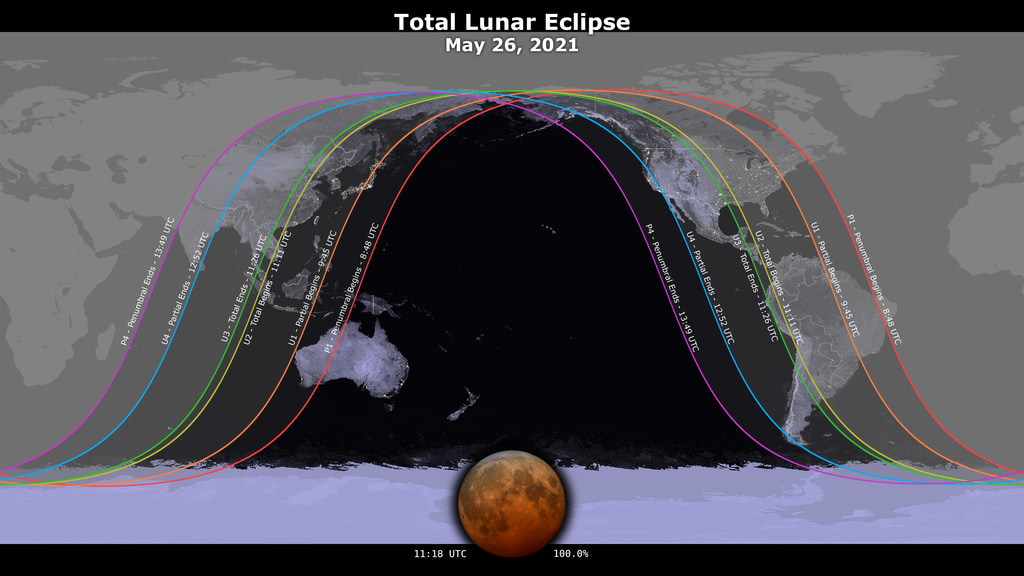
On the inside edge of the larger circle, mark four evenly spaced points at 0, 90, 180 and 270 degrees. Carefully cut along the top and bottom of the larger circle you drew, leaving the middle sections connected. Then, tilt the interior circle to represent the tilted orbit of the moon around Earth; the outer part of the plate represents the plane in which Earth's shadow falls.
Eclipses occur when the sun, moon and Earth line up. Lunar eclipses happen during a full moon, when the moon and sun are on opposite sides of Earth. To model a lunar eclipse, place the paper plate on a flat surface with the reference arrow pointing away from you and the small ball representing the sun opposite the arrow. Move the plate counter-clockwise around the ball to demonstrate when a lunar eclipse would occur, using your eclipse model to answer the questions in the guide.
You can find the full step-by-step learning guide to build your own lunar eclipse model online, along with information about several free online webcasts offering live views of the eclipse on May 26.
Follow Samantha Mathewson @Sam_Ashley13. Follow us on Twitter @Spacedotcom and on Facebook.
Join our Space Forums to keep talking space on the latest missions, night sky and more! And if you have a news tip, correction or comment, let us know at: community@space.com.

Samantha Mathewson joined Space.com as an intern in the summer of 2016. She received a B.A. in Journalism and Environmental Science at the University of New Haven, in Connecticut. Previously, her work has been published in Nature World News. When not writing or reading about science, Samantha enjoys traveling to new places and taking photos! You can follow her on Twitter @Sam_Ashley13.









